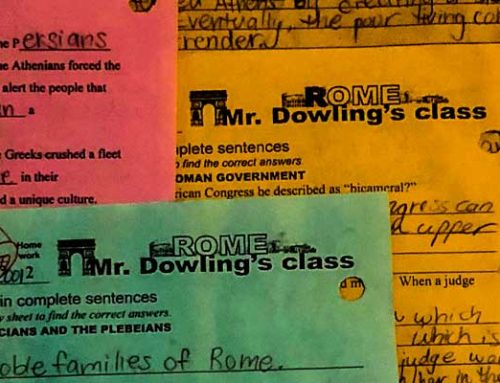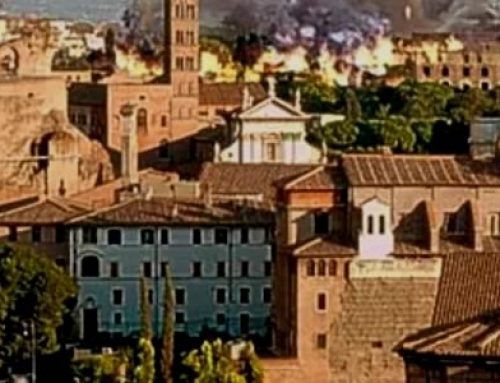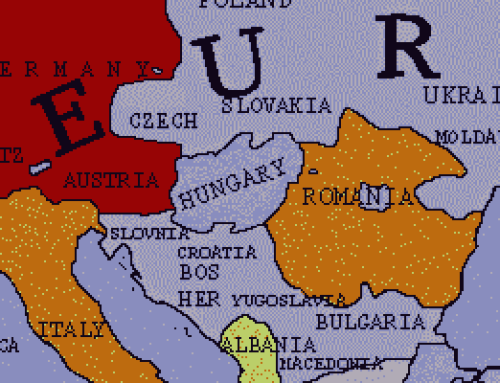The Romans used great public projects to make their capital city the most advanced of the ancient world. They particularly excelled at building roads. Roads made it easier to travel, move troops, collect taxes and trade with faraway provinces. The expression, “All Roads Lead To Rome” refers to the fact that Rome was the center of the ancient civilized world. Many of the roads, bridges and aqueducts of ancient Rome are still used today.
Roman engineers brought 38 million gallons of water a day into the city by building nine water bridges called aqueducts. Parts of the Roman aqueduct system still supply water to fountains in Rome.
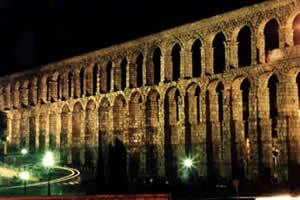
Roman-aqueduct
Roman aqueducts transported water from the countryside to cities and towns.
The Romans built many huge stadiums called amphitheaters. People would gather in amphitheaters to watch shows with clowns, jugglers, and acrobats. Some Roman entertainment was cruel. People would watch fights between wild animals and gladiators. Gladiators were usually slaves or criminals who fought with swords against animals or one another. A skillful gladiator might win his freedom by defeating an opponent. More often, the gladiators lost their lives.
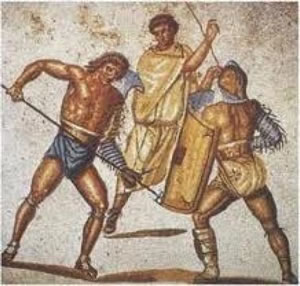
Gladiators entertained Roman audiences by participating in violent confrontations with other gladiators and wild animals.
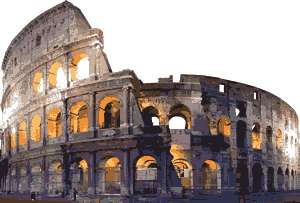
Roman_Colosseum
The Roman Colosseum was completed in 80CE. A portion of the amphitheater remains standing today.
The greatest Roman amphitheater, the Colosseum, still dominates the Roman skyline. Only a portion of the Colosseum remains standing. Earthquakes destroyed some of the structure. Some of the stone used to build St. Peter’s Basilica, the church in the Vatican where the Pope resides, came from the Colosseum.
Perhaps the greatest Roman engineering achievement was the sewer. Because Rome is in a valley among seven hills, there is nowhere for water from the aqueducts to go. The sewer system made it possible for Rome to become the largest city in the world. The population of the city of Rome swelled to more than one million people at the height of the empire.
Resources
Download this lesson as Microsoft Word file or as an Adobe Acrobat file.
View a Powerpoint presentation of this lesson.
Listen as Mr. Dowling reads this lesson.
Lexile Measure 960L
Mean Sentence Length 12.79
Mean Log Word Frequency 3.26
Word Count 307
Mr. Donn has an excellent website that includes a section on Ancient Rome.
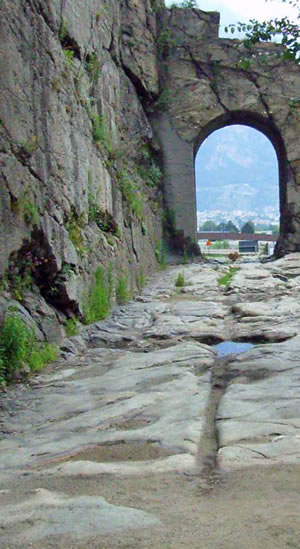
Roman_road
Many Roman roads are still passable more than two thousand years after their construction.

